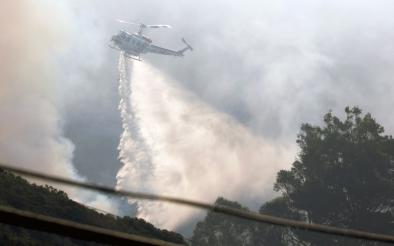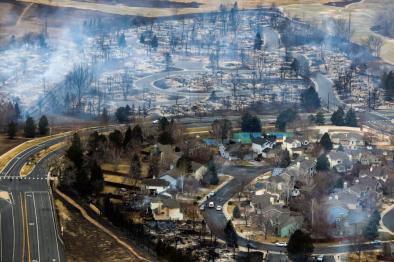Arctic spring is starting 16 days earlier than a decade ago, study shows

The Arctic spring is arriving 16 days earlier than it did a decade ago, according to a new study which shows climate change is shifting the season earlier more dramatically the further north you go.
The research, published on Friday in the journal Scientific Reports, comes amid growing concern about the warming of Greenland, Siberia, Alaska and other far northern regions, which have recently experienced unusually prolonged and frequent midwinter temperature spikes.
The authors from the University of California, Davis, based the study on temperature records and 743 previous phenological studies looking at timings of bird migrations, flowers blooming and amphibians calling. The results showed a curve, with spring events occurring earlier further north of the equator.
“Spring is arriving earlier, and the Arctic is experiencing greater advances of spring than lower latitudes,” said lead author Eric Post, a fellow of the John Muir Institute and polar ecologist at UC Davis.
Over the past 10 years, this means the end of winter will come about a day earlier in Los Angeles, but two weeks earlier in the Arctic. The authors say the northward increase in the rate of springtime advance is roughly three times greater than indicated by previous studies.
This underlines how pronounced climate change is in the Arctic, where temperatures are rising twice as fast as the global average and ice fields are rapidly shrinking.
The warming trend has been unusually apparent in recent weeks. Although the sun has not reached the high Arctic since October, temperatures has been above freezing for 61 hours – more than three times the previous record – at Greenland’s northernmost weather monitoring station.
Related Content






